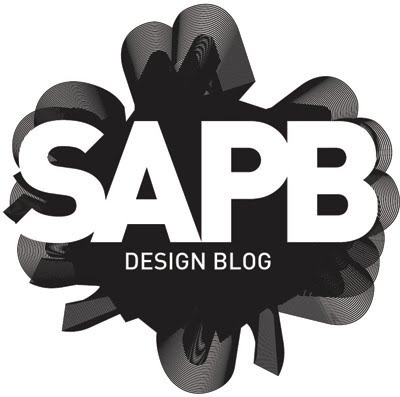Rollerball (1975) Directed by Norman Jewison
The story follows Johnathan E. (James Caan,) the star player for the Houston Rollerball team. He's the highest scoring player in the league. Fans adore him. He never loses. And the executives are frightened by his celebrity. Rollerball is designed to be an outlet for violence in society run by mega-corporations whilst also demonstrating the futility of individuality. Johnathan's success enrages the executives at Energy, the corporation that fields the Houston team, they are pressing him to retire but he refuses as rollerball is the only thing that keeps him going.
I found Rollerball to be an enjoyable film, i think the thing that interested me most was the sharp contrast between the scenes of dialogue and the scenes of rollerball being played. i think that the calmness of the predominantly dialogue scenes is what made the Rollerball scenes so exhilarating to watch.






















































